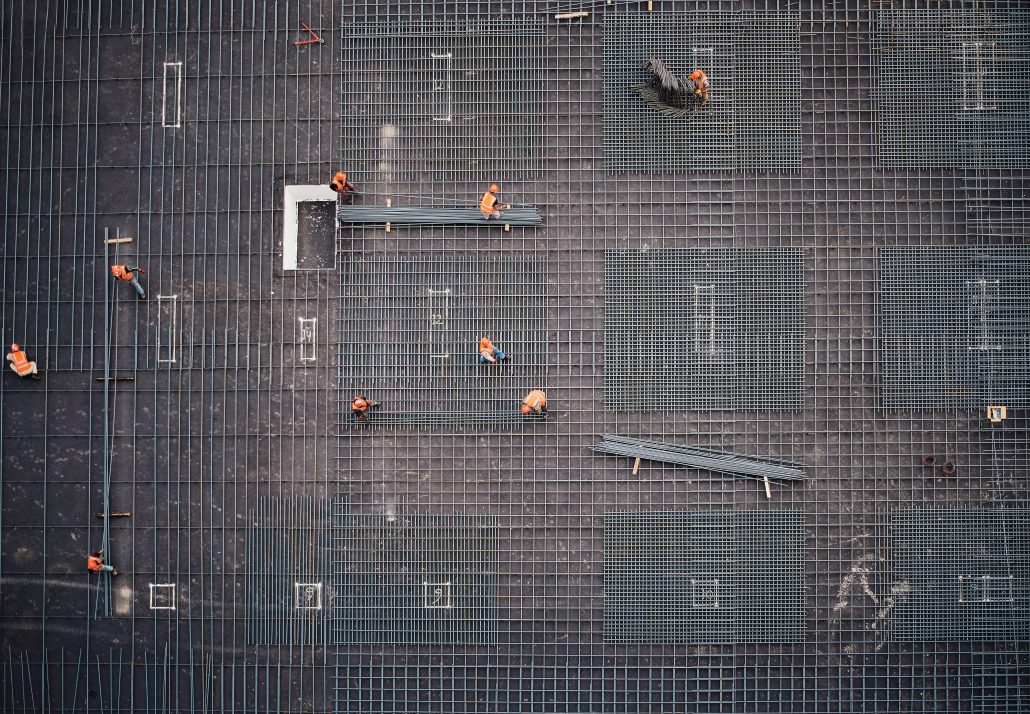Do you know the real potential of your property? Generally, every real estate owner or prospective buyer only has their personal (or even perceived) interests at heart. What this means is that one decides to buy a property because he/she fancies it based on merely physical characteristics, or even on an unfound basis that it is a ‘good investment…and its value will go up in the future’ without even doing any analysis.
If you are someone like the above description, then this article is for you.
This article is designed to allow you to understand the right mindset to put yourself in, with respect to any future real estate investments or developments that you wish to undertake. As such, therein lies the concept of ‘Highest and Best Use’ – a strategic mindset to utilise on a preliminary basis when you identify a real estate opportunity (it is used by every developer/investor as well, intentionally or not).
The ‘Highest and Best Use’ analysis can be defined as a concept of producing the highest value for a property based on the target of maximum productivity. By maximum productivity, what we meant is the reasonable, probable and legal use of vacant land or an improved property, which is physically possible, appropriately supported, financially feasible, and that results in the highest value.
This concept is usually used by developers in analysing a site of land and planning the potential development on it that can yield the highest results. Nevertheless, should a site already contain improvements, the highest and best use may determine to be different from its existing use. Simultaneously, besides profit-making, this analysis style also takes into account the contribution of a specific use to the community and community development goals, as well as the benefits of that use to individual property owners.
Keeping all that in mind, we will now proceed with a brief overview of how to determine the maximum potential of a property or land use. Generally, developers often have to embark on a three-step analysis involving property analysis, entitlement and constraint analysis, and market analysis. In order to be considered as the highest and best use of a property however, the expected potential use must pass a series of tests. The exact definition of highest and best use varies, but generally the aforesaid ‘tests’ are as follows:
- Legally permissible
- Physically possible
- Financially feasible
Legally permissible
In this aspect of the highest and best use analysis, we should only consider those uses that are legally permitted. This is a highly important first step in deciding a prospective real estate investment opportunity. There is a need to take into consideration and understand what is allowed to be built as well as the uses that are not permitted by zoning, land-use planning, and also uses forbidden by the government regulations and any other uses that are prohibited by the deed restrictions.
Nevertheless, there is the possibility of leeway in the regulations for flexible changes as well. As such, although there are some uses that are currently not legally possible, it is important to conduct proper due diligence as there may be a reasonable prospect that the regulation, zoning, deed restriction, etc. which can be changed with certain fee for a proposed use.
Physically possible
Any potential use must be physically possible given the size, shape, topography, and other characteristics of the site. Of course, what is physically possible can be determined by what is legally permissible as well. Rules and legislations have generally predetermined what is allowed and what is not for a specific site thus making things easier for investors or developers.
Nevertheless, it is important to check the maximum GFA, space efficiency and net lettable area (NLA) allowed for a specific development for maximum productivity as well.
Financially feasible
The highest and best use of a property also must be financially feasible: whereby the proposed use of a property must generate adequate revenue to justify the costs of construction plus a profit for the developer. This is highly important in order to ensure the sustainability and profit-driven ability of a specific project.
Nevertheless, should the property on site have limited remaining economic life (for example, expiring lease or approaching economic obsolescence), the question of financial feasibility becomes a question of the maximally productive use of the site – how to improve and make do with the current plot of land.
On the other hand, if the aforesaid situation worsens and the value of the land as vacant exceeds the value of the property as improved less reversion/demolition costs, then redevelopment of the site becomes the maximally productive use of the property, and continued use of the existing improvements, which can be said to not be the highest and best use of the site, is considered to be financially unfeasible.
Maximum Productivity
Finally, the aforementioned three factors all will be deemed to contribute to this final element; the maximum productivity of a project. Similar to analysing financial feasibility, this factor analyses the prospects of highest returns on a project. As such, depending on the investor or developer, the highest returns can mean represent different gauges – IRR, NPV, ROE, ROA, development profit or residual land value.
All in all, we hope that we have given a clear overview of the concept of Highest and Best Use analysis. Although of course it is being made out of assumptions and opinions, keeping in mind this train of thought would greatly assist you in yielding the best results one way or another for yourself in any real estate projects.
Want to find the best mortgage rate in town? Check out our free comparison service to learn more!
Read more of our posts below!



